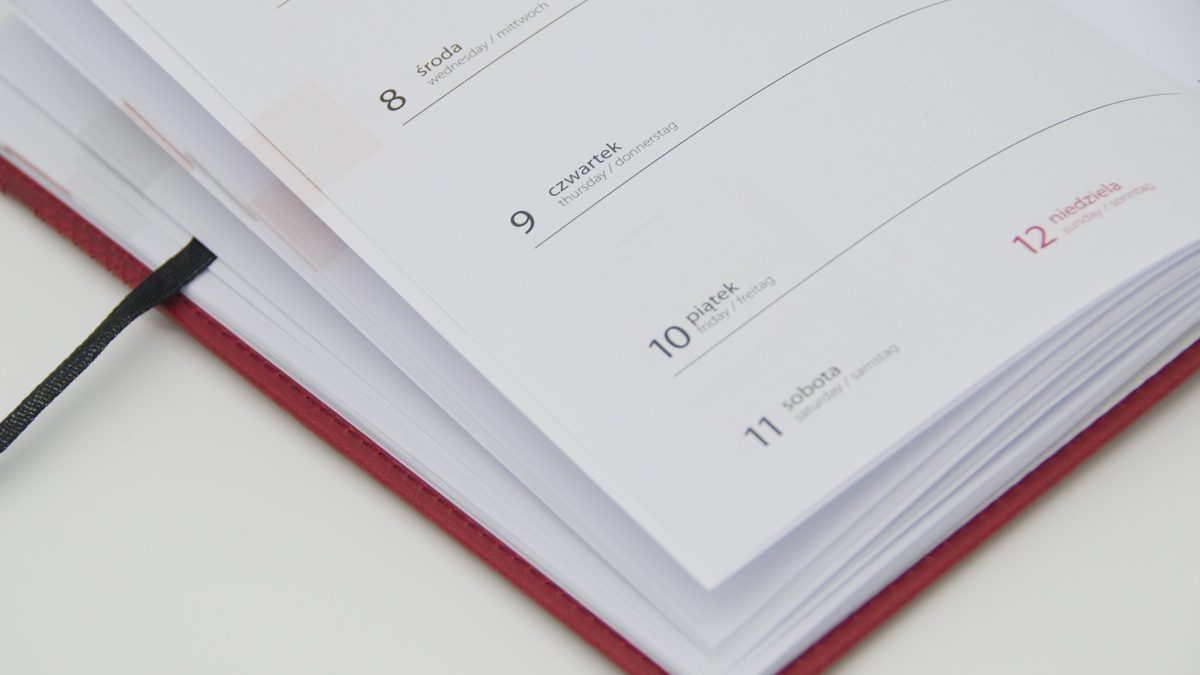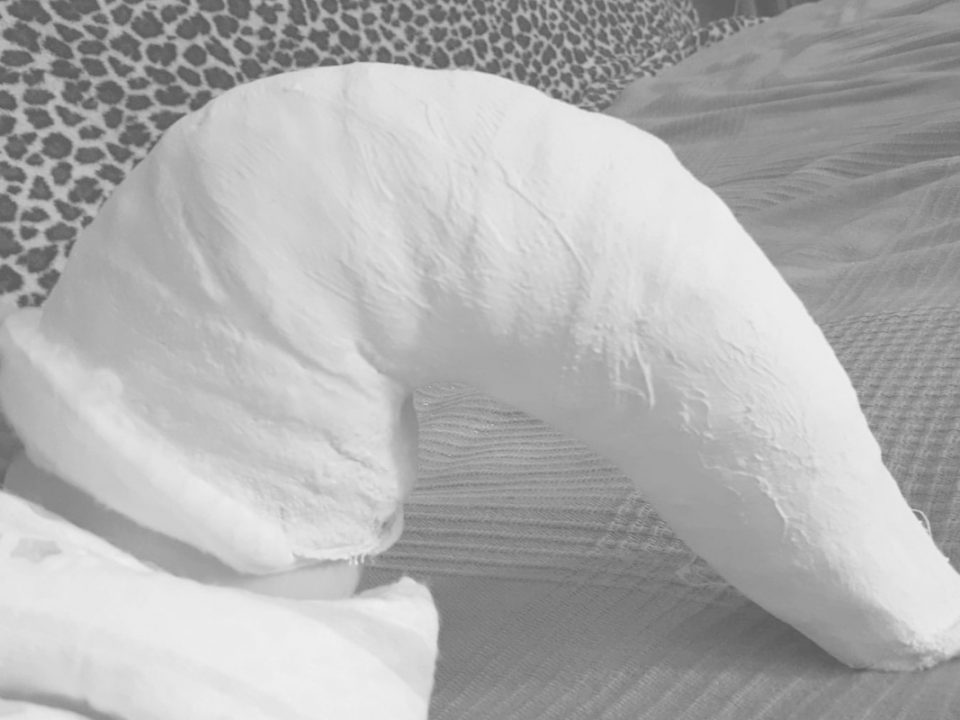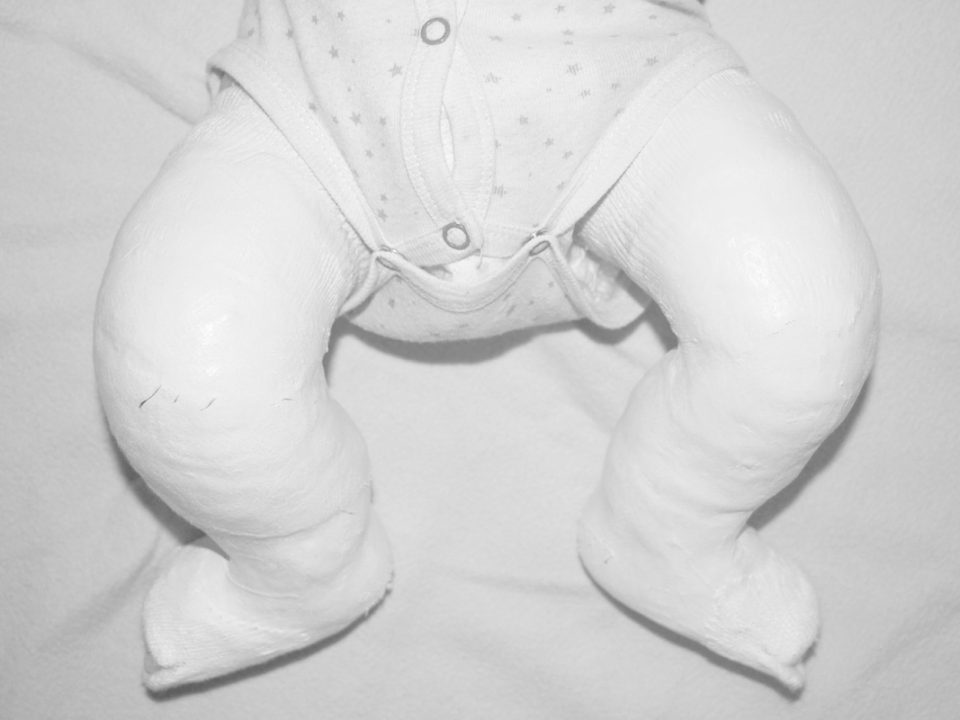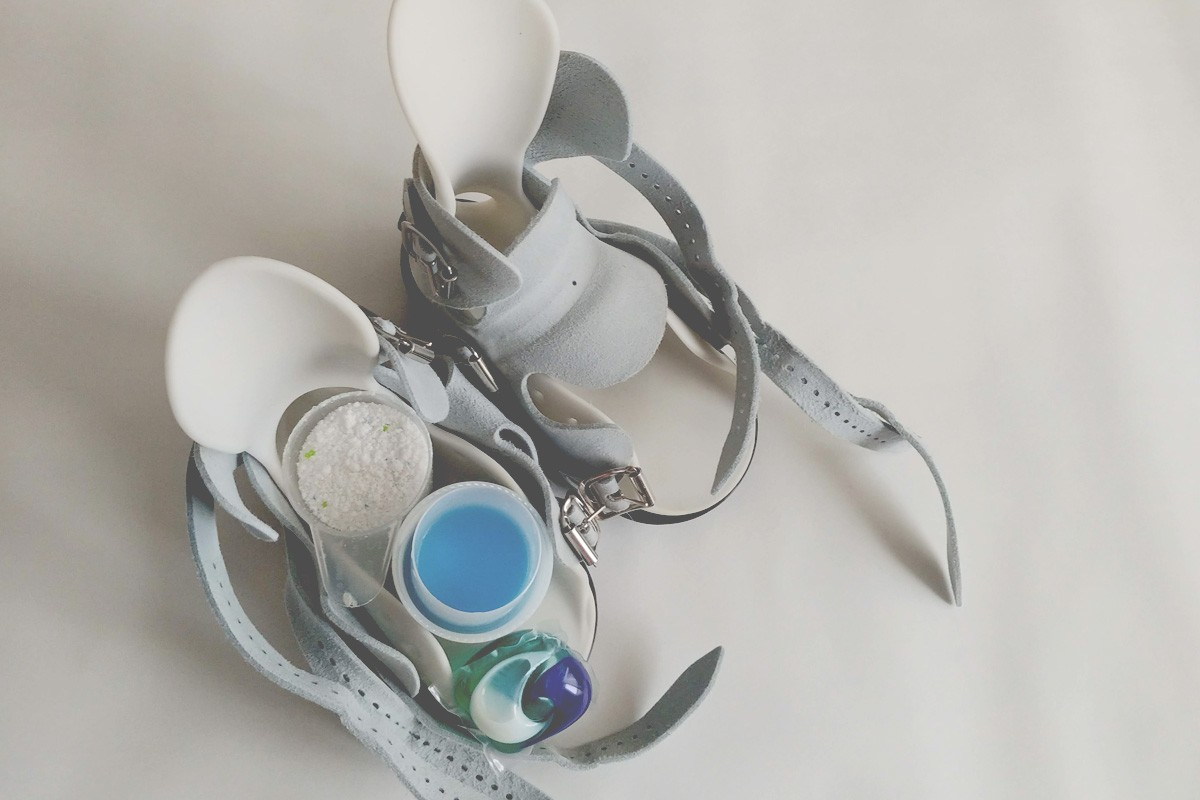
How to clean the Mitchell boots?
29 March 2020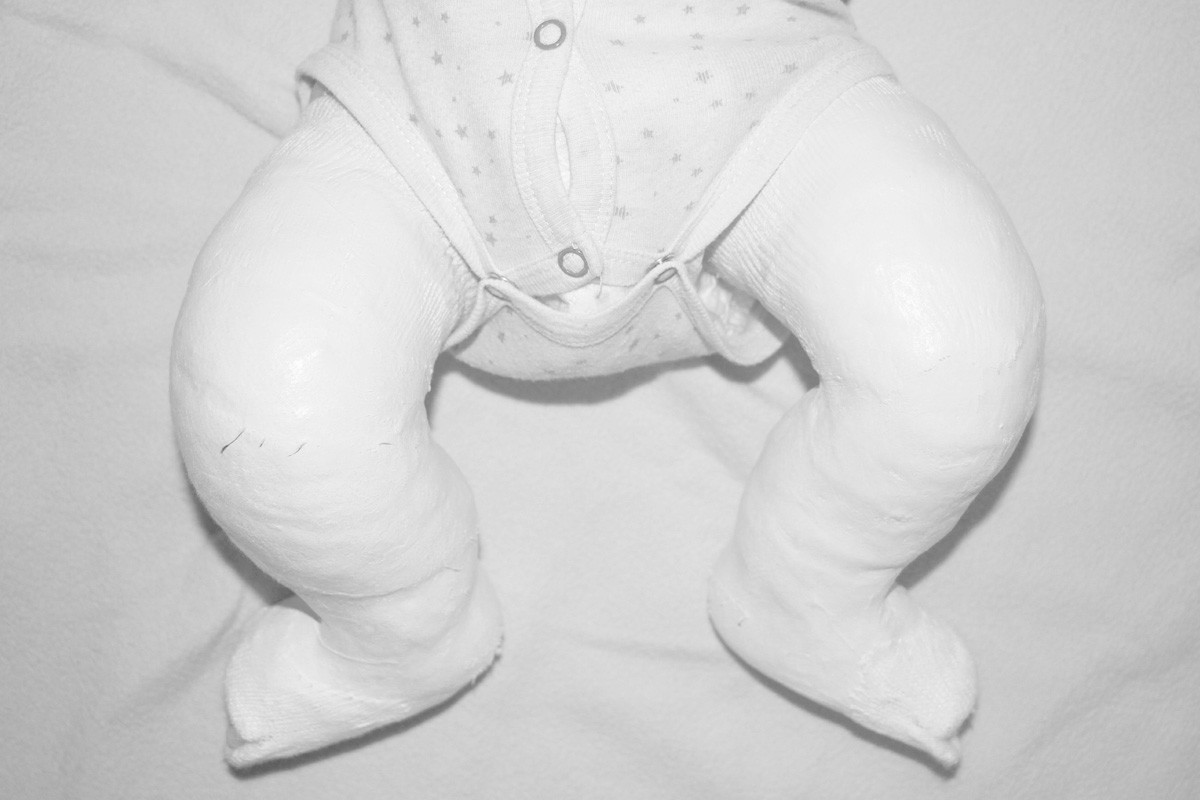
The shape of the plaster cast does matter
28 November 2021The answer to this question seems to be quite obvious: immediately! Such information can be found in many articles on the Internet, they are repeated by neonatal wards doctors, neonatologists, paediatricians, orthopedists, physiotherapists. Also it can be found in many old studies. However, the truth about starting treatment can be somewhat different… and surprising.
Parents most often ask about the best time to start treating a child with a deformity. They are often told that treatment should be started immediately after delivery, right now, without waiting! A big surprise for the parent is when we calm him/her down and say that … the treatment doesn’t have to be started right away! There is consternation and impatience. It is quite natural.
We explored this topic, looked at the research, talked to trained and competent doctors dealing with the treatment of congenital clubfoot – there are no medical reasons to start the treatment immediately after birth, the more so as the speed at which treatment is started has an impact on the long-term prognosis of the development and condition of the treated feet.
QUICKLY, QUICKLY?
Many researchers studying clubfoot reported in their studies that the treatment of deformities began shortly after birth. Also Ponseti in his book “Congenital clubfoot. Fundamentals of treatment.” writes that in the hospital where he worked in Iowa, treatment began “shortly after birth” so that less than two or three month old babies began their adventure with foot abduction brace. Ponseti also suggested that initial treatment should begin in the first week of life (“shortly after birth”) “to take advantage of the more favorable viscoelastic properties of the connective tissues” in the newborn. However, with the passage of time and with advances in clubfoot research (including advanced laboratory studies), it has been found that starting treatment shortly after birth is of no greater benefit than delayed treatment, and that, in the long-term, the condition of the clubfeet was poor and unsatisfactory in the group of children treated quickly after birth.
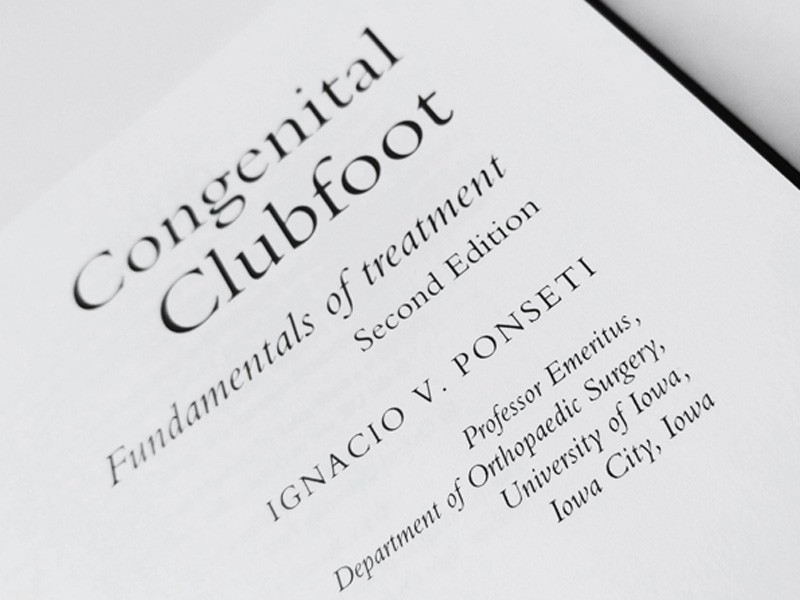

SCIENTIFIC DISPUTES
Research by Noam Bor (2009) – “Ponseti Treatment for Idiopathic Clubfoot: Minimum 5-year Followup.” showed that “age at the time of presentation doesn’t affect the final outcome of the treatment”, and therefore – starting it quickly will not contribute to better results. Dr. Crisitna Alves reached similar conclusions – “Ponseti method: Does age at the beginning of treatment make a difference? showing that it doesn’t matter whether the treatment starts immediately after birth or after the child is 6 months old – the treatment effects are comparable. Dr. Matthew Dobbs reached similar conclusions –“Factors predictive of outcome after use of the Ponseti method for the treatment of idiopathic clubfeet.”
In a study by Lewis E. Zions (2015)- “Does Clubfoot Treatment Need to Begin As Soon As Possible?“ cites authors that starting treatment soon after birth had more benefits, but admits that only Dr. Vincent Mosca has suggested that “treatment should begin as early as feasible” but added that “there was no evidence that a delay of several days influences the rate of success.”
The conclusion of the Zionts study was: “We found no significant influence of the age at the start of treatment on the number of casts, the duration of the cast phase of treatment, the need for heel cord tenotomy, skin problems attributable to the cast or brace, brace compliance issues, or early relapse.”
In the research by Serkan Itlar (2010) – “Treatment of Clubfoot with the Ponseti Method: Should We Begin Casting in the Newborn Period or Later?” clearly states: “In the current study, infants whose cast treatment began after the first postnatal month achieved better clinical outcomes than those whose cast treatment began before the first month.” They also concluded that treatment using the Ponseti method should begin in infants older than 1 month of age, or whose foot was equal or more than 8 cm in length.
We can also read about the length of a child’s foot at the start of treatment in the study by Y.Hemo (2019) – “The significance of foot length at the initiation of the Ponseti method: a prospective study”, we read: “The small foot size may represent a less mature newborn with a lesser developed foot. Our data show that a smaller foot needs more casts changes to achieve correction. In our study, feet that were 8 cm long or more benefited from less casts and shorter treatment periods.” Interesting research was also carried out by Chinese scientists led by Dr. Yu-Bin Liu – “Timing for Ponseti clubfoot management: does the age matter? 90 children (131 feet) with a mean follow-up of 5 years.”, who examined a group of 90 children. This group was divided into three subgroups and it turned out that:
- treatment initiation time from 28 days of age to 3 months of age was associated with fewer required castings and a lower recurrence rate.
- early treatment (before 28 days of age) required more casts and had a higher recurrence rate.
Treatment for clubfoot should start not later than within the first months of life – it is described in “Report from the first consensus meeting on the treatment of clubfoot using the Ponseti method.” As you can easily see: there is no rush and no need. Nevertheless, doctors say that to start treatment as a child already has a month is most optimal. It’s such a balanced time. Start treatment in the first period of life has many practical reasons:
- the foot to be treated is slightly larger, which makes it easier to precisely determine the position of individual bones in relation to each other, and therefore the correction is more accurate
- the risk of the plaster cast slipping down decreases
- the child before Achilles tendon tenotomy is slightly larger and more mature multi-systemically – general anesthesia used during the procedure (if it is performed under general anesthesia) is associated with a lower risk of complications and complications
- the smallest size of the Mitchell bar (Mini) will be adequate to the width of the child’s shoulders and will not need to be radically cut
AND PREMATURES BABIES?
There is no need to plaster cast a premature baby in the intensive care unit (ICU). The above mentioned consensus also clearly precises of this:
“In premature babies there is no need to start treatment in the neonatal intensive care unit, and treatment should be deferred for several weeks to allow for the baby’s foot to grow in size.”
The best solution is to wait until the normal date of delivery (on average it is assumed to be 40th week of pregnancy) and add a “reserve” as in a healthy child or more, when it is necessary for example due to health.
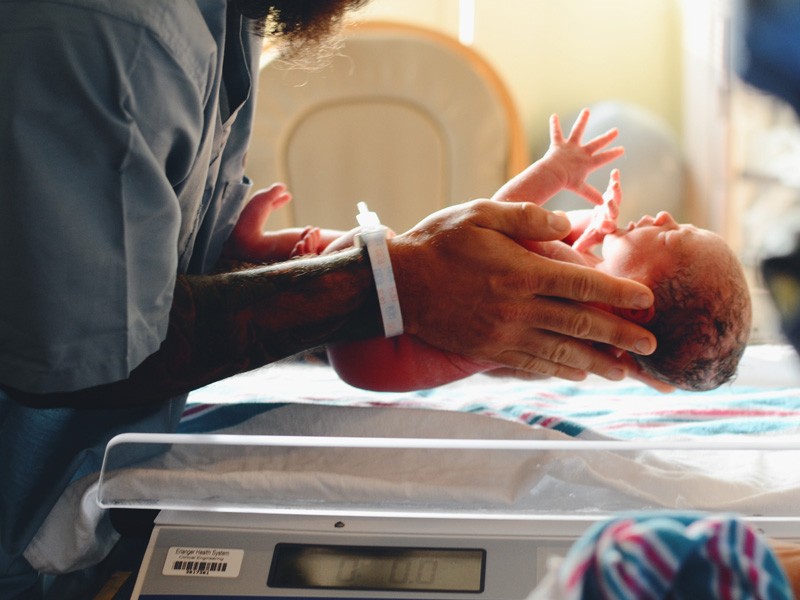
SMALL APPEAL TO SPECIALISTS
The best you can do for your mother and baby after delivery is … to give time. Point to a good source of knowledge, where parents will find good and current information about the clubfoot, its treatment. Where they will have the opportunity to confront their ideas with the experience of other parents. As it has already been written above: there is no need to start treatment in the wards immediately. And it is not advisable to exert pressure: give parents freedom in choosing the treatment way, specialist and options. Don’t scare them with unrealistic consequences that have no scientific and real-world support.
PARENT, YOU DON’T HAVE!
Parent! You really have time before you start treatment! Prepare for it smartly, because the treatment cannot be undone, especially the wrong one, and it leaves consequences that cannot be seen immediately. They often appear at various stages of treatment. Use time well for proper preparation to do it. You need time to know and understand this deformity. You need to be familiar with the treatment itself. In the hospital (after childbirth), many things are on the run and under duress, because they are pressed by medical staff, because the doctor tells you, because they threaten with the consequences of non-treatment in the form of disability and court, telling you that you hurt the child. YOU HAVE NO OBLIGATION TO AGREE TO EVERYTHING!
„Masz prawo wyrażenia zgody na zaproponowane leczenie lub zgłoszenie sprzeciwu. Możesz nie zgodzić się np. na zaproponowany zabieg operacyjny lub badanie. Twoja zgoda lub odmowa powinny zawsze zostać poprzedzone przedstawieniem przez lekarza wyczerpującej i obiektywnej informacji na temat stanu zdrowia oraz proponowanego leczenia, jego skutków, możliwych powikłań i ewentualnych konsekwencji jego zaniechania.”
GIVE YOURSELF A TIME
Labors are different: some are quick and easy, others very long and exhausted. This reality is very dynamic. The condition of the mother and child is different from the imagination. Especially when the first child is born. Sometimes reality surprises us and does not allow us to start treatment immediately. Fatigue, stress, a sudden drop in hormones (“baby blues” 3-5 days after birth), care difficulties, breastfeeding… we can reproduce and multiply. Everything can be hard. Parent, take a rest and only then start building good knowledge. Knowledge “on the run” is not good and does not bring the desired fruit. Maybe the list below will be exaggerated, but … the location of the apartment is chosen by people for many months, checking many parameters, calculating the bank’s interest rates but the decision to treat a child you make in 10 minutes, without looking for reliable information, without checking of experience of a doctor, without analyzing the experience of other parents babies with clubfoot…
- look for a good knowledge – https://ponseti.pl-is a really good Website and medical trustworthy.
- join to local clubfoot group in your country
- get to know the clubfoot as much as you can
- understand the treatment and its details
- plan where you will treat your child, take a look at this from the logistic point of view: weekly travels to change plaster casts
- give yourself time to think about what to do with your siblings (if you have other children) when you travel with your toddler
- learn to say “NO” when someone tells you inadequate information and tells you to do something right away
- know how to fight back and explain logically, calmly and matter-of-factly what you want and what you don’t want
- ask questions and don’t be fooled by superficial answers
- find right doctor who is trained in Ponseti method, experienced – choose the right one, because bad treatment cannot be undone and its consequences are not immediately visible

Grupa wsparcia dla rodziców!
Jesteś rodzicem dziecka ze stopą końsko-szpotawą?
Dołącz do naszej grupy wsparcia dla rodziców
i ciesz się radością bycia razem na każdym etapie leczenia swojej pociechy!
POSITIVE BOUNDS
Dr Ignacy Ponseti said: “give time to bond with mother”. Ponseti knew perfectly well that this bond requires “a moment” and that it is important in the course of Mother (and parents in general) are a guarantee of good treatment, they are a refuge of safety and relief. For this to happen, the mother must meet the child, be able to distinguish between the type of crying and needs. Yes, we learn this as parents throughout our lives, but this first stage is the most fruitful. And it doesn’t matter how many children you have, because each one is really different and you have to learn he or she again. If you give yourself time to learn a child, it will be easier for you to respond appropriately and distinguish whether the child is crying because he is hungry or in pain.
If a small man with clubfoot was born and he has siblings, this relationship between a toddler and an elderly man is important for two reasons:
- the older one is important part of little brother/sister acceptation, his/her difference and that would be good to show him this defect as positive thing, because it learn him to seen disabled kids (or any other kind of disability) positive with empathy and to do not discard brother/sister because he/she has „curvy foot”
- during the period when you have to be more focused on the little clubfoot and on the treatement, older one will tolerate it better, if he knows that he/she has different foot/feet, and mommy and daddy have to help him more. Get involved the „older” into a treatement as much as you can. Glorify him that he is superbrother/supersister that he helps mommy with a baby, he can draw the casts as he wants!
Familly needs to be familiar with the deformity, method of treatment, eliminate the negative thoughts. Let the family be your support! Tell clearly about your needs and make your own borders, when someone from your loved ones strongly urges you to e.g. take off the brace…
BE AWARE
You have a lot of time. Do not choose hastily and don’t look for a doctor, because he or she is “near here”, because it often turns out that treatment “locally” at some point turns into treatment “globally”.
Remember that mistakes can sometimes not be repaired or it will be time-consuming, expensive and highly uncertain. Also remember that mistakes are not immediately visible and often show up at different stages of a child’s development and at different stages of treatment, and it may not be possible to correct them then.
Photos (in order of appearance): 1. own 2. Photo by Christian Bowen on Unsplash

